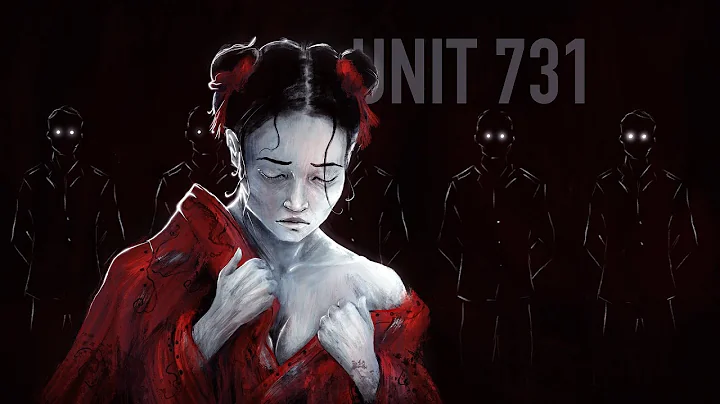Hello everyone! I am sleeping silently, welcome to read my article!

Yesterday was our country’s sixth “National Memorial Day for the Victims of the Nanjing Massacre”. We paid tribute to the 300,000 compatriots who died and prayed for peace.
Where the blood of 300,000 compatriots was stained red, flowers are now blooming, or there are many high-rise buildings... The prosperity of the peaceful and prosperous era comforts the silent bones under the city of Nanjing, and at the same time, it also reminds us who are living happily today.
Our country has been doing one thing, the protection and utilization of buildings related to the Japanese invasion of China, in order to remember the history, alert future generations, and cherish the current peace!

During the period when the Japanese army invaded and occupied our territory, more than 50 shrines were built in mainland China. However, almost all of these buildings were demolished and renovated after the war. The two shrine buildings located in Mount Wutai in Nanjing are still well preserved and are included in the list of cultural relics protection units in Jiangsu Province.
The Nanjing Shrine here was built in 1939. Japan's "China Expeditionary Force General Headquarters" built a shrine in Nanjing imitating the regulations and format of the Yasukuni Shrine to commemorate the Japanese soldiers who died in the Nanjing area and to worship the Amaterasu, Emperor Meiji and the national spirit god, The shrine buildings were built one after another in 1941. After the victory of the Anti-Japanese War, the Nanjing Shrine was taken over by the Nationalist Government. It was successively used as the residence of the Officer Training Corps and the headquarters of the Boy Scouts, and was changed into the "Memorial Hall of the Fallen Soldiers of the Chinese Anti-Japanese War". After the founding of the People's Republic of China, the site was used as the office space for the sports authorities of Jiangsu Province. In the late 1970s and early 1980s, the two main halls of Nanjing Shrine were protected under the appeal of the famous architect Tong Tuan.



Because the building is hidden in a compound and its geographical location is very hidden. In addition, it is still used for office work and is not open to the public. Therefore, few tourists have come to look for it. Of the two main shrine halls that have been preserved so far, the rear of the "big temple" located at the northernmost end of the central axis has obviously been artificially modified, while the facade of the "small temple" located on the east side of the central axis has basically not been changed much. , the eaves of both palaces retain the architectural style of 70 years ago.
According to relevant graphic archives and research by scholars, there are three torii gates on the approach to the Nanjing Shrine (the torii gate is an auxiliary building of a Japanese shrine similar to an archway, representing the entrance to the divine realm). The direction of the shrine (a road used for worship and sightseeing in Japanese shrines) is still preserved today, but the torii gate has long disappeared. The last remaining torii gate was the outermost one and was not demolished until the road was widened in the 1990s. .

Taiwan Province of China, which has been colonized by Japan for more than 50 years, has built nearly 200 shrines. After Japan severed diplomatic relations with the Taiwan administrative authorities in 1972, the Ministry of Interior formulated a new decree to "Clear the Era of Japanese Occupation in Taiwan." "Key Points of Memorial Relics of the Rule of Japan that Reflect the Superiority of Japanese Imperialism"; among them, the first point of elimination is: the remains of Japanese shrines should be completely cleared away. At present, only the Taoyuan Shrine site in Taiwan Province still retains the main building relatively intact, and most of the former shrine sites have been demolished or transformed into Martyrs' Shrines by the authorities, among which Yuanshan Martyrs' Shrine is the most famous!






















